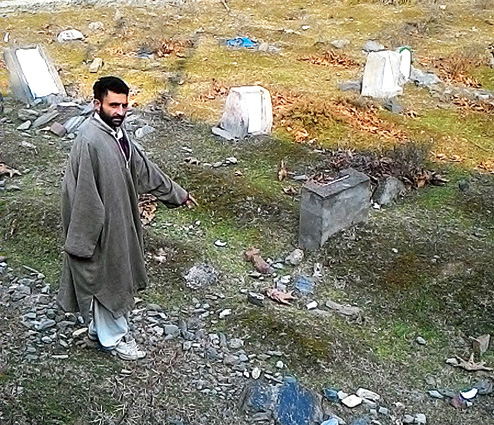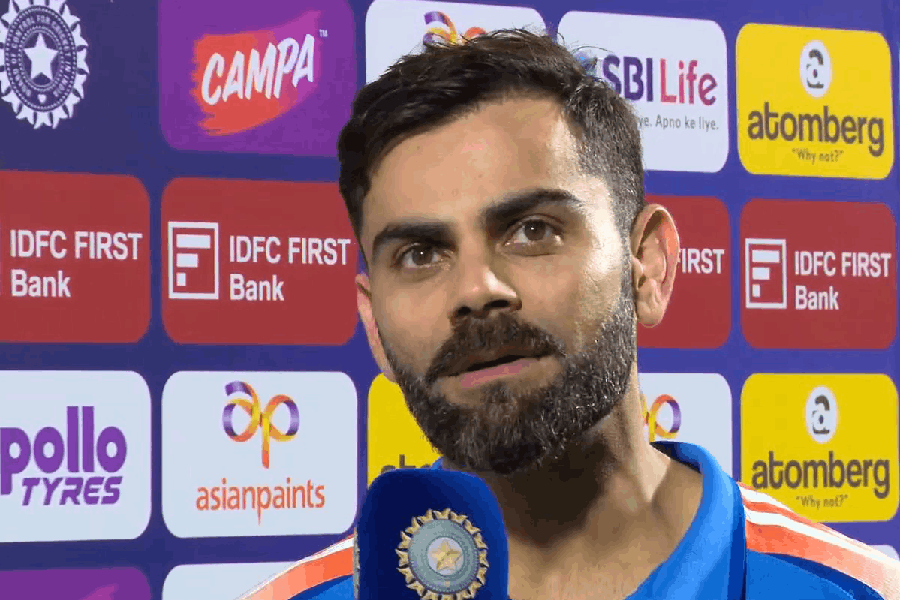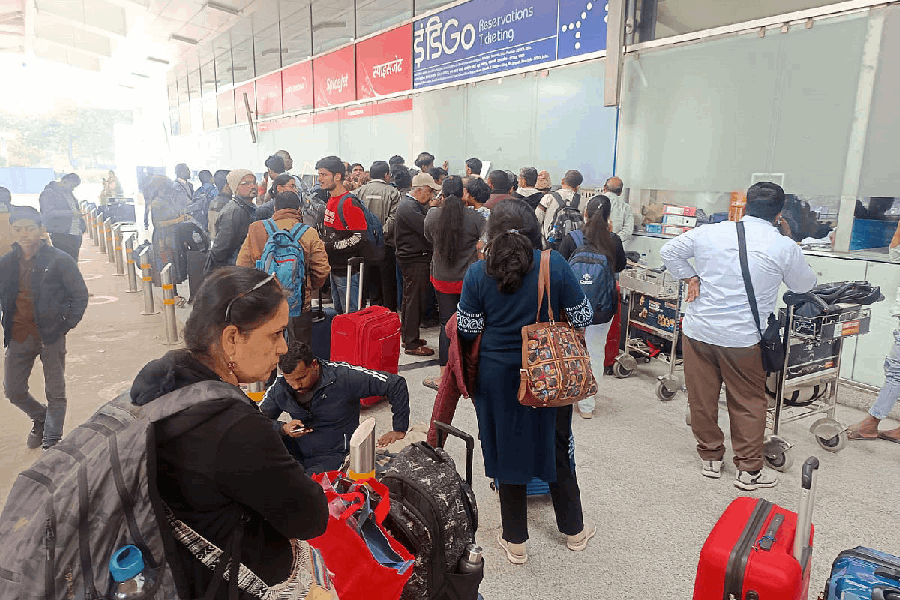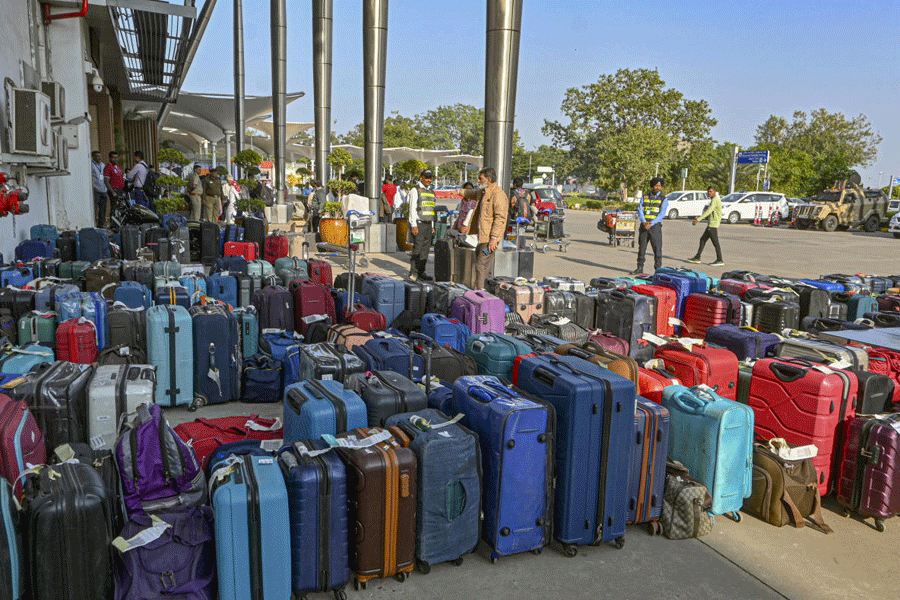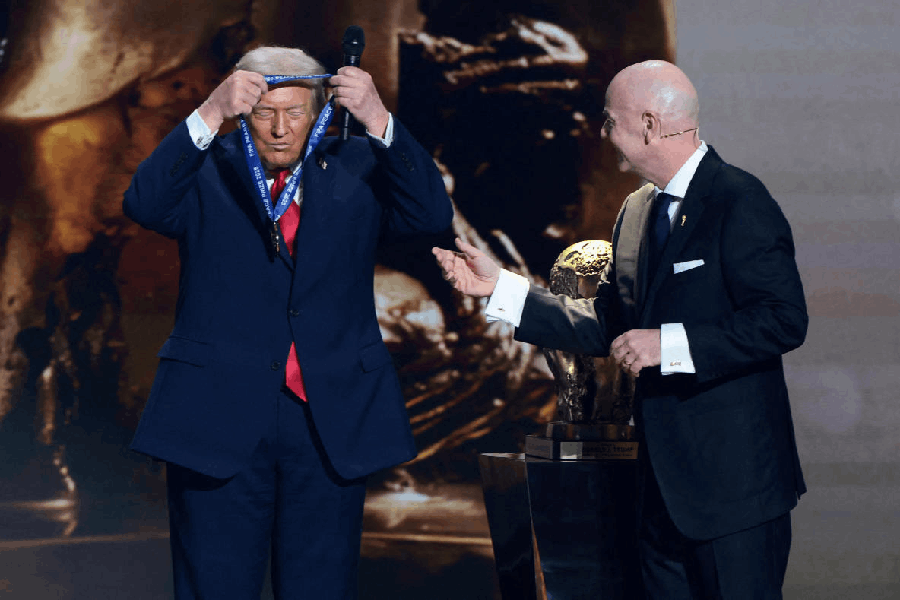When human rights activist Khurram Parvez wants to put a face to Kashmir’s “disappeared” youths, he thinks of a very wrinkled one. It’s the face of Baramulla farmer Atta Mohammad Khan, 82, who Khurram says is the only man in the Valley ready to declare he has buried nameless dead brought by the security forces — all 235 of them.
Rights groups that estimate 8,000 men went missing in custody — the state says the number is far lower — want an international probe to find out who are buried in the unmarked graves.
They claim to have found 2,700 unmarked graves containing more than 2,943 bodies in three of the Valley’s 10 districts alone: Bandipora, Baramulla and Kupwara.
“Khan was the only gravedigger who came forward to speak about these graves and thus became the face of that expose…. He said that at the most he could get killed,” said Khurram, coordinator of the J&K Coalition of Civil
Society.
“I have buried some 235 people there (the local graveyard),” Khan acknowledged at his ramshackle home in Chahal village, 80km from Srinagar.
He gave them a proper burial, after conducting a funeral, when the security forces came from nearby camps with bodies and asked the village to bury them — a common occurrence across the Valley during the height of militancy.
Khan volunteered because none else would, fearing trouble from either the forces or the militants. That was from 2002 till 2006, before the graveyard ran out of room.
Now Khan is bedridden with multiple ailments and his memory is almost gone. But one thing he doesn’t forget is to keep reminding his son Manzoor Ahmad to take care of the graveyard.
One of those buried at the graveyard was a six-month-old girl. “I remember the army saying she was killed in crossfire…. Nobody has ever come looking for her,” Manzoor said.
If that was one of the most heartbreaking sights Khan had to see, he was spared another.
When the forces brought the body of his nephew Mohammad Salim one day, Khan was not home and, for once, “somebody else buried him”, Manzoor said.

“Later, when we checked the photograph (clicked by the police), he turned out to be a cousin of mine. He was not a militant but had been missing for a year or so.”
Khan, despite his failing eyesight and memory, tried to remember the appearances of the bodies he had buried so he could later help families who came looking for missing loved ones.
“Around half a dozen of the graves now have tombstones with names inscribed on them. My father helped identify them,” Manzoor said. “Some of them, possibly, were militants and some were not.”
Manzoor said the burials affected his father’s health over the years.
“I would help him bury these bodies, which were badly mutilated and in many cases defaced,” he said. “Every burial would leave him deeply disturbed and haunted by bad dreams for days.”
After the rights groups came out with a report titled “Buried Evidence” in 2009, with Khan the sole gravedigger who testified, the forces came looking for him and asked troubling questions. “We faced harassment but were not harmed,” Manzoor said.

